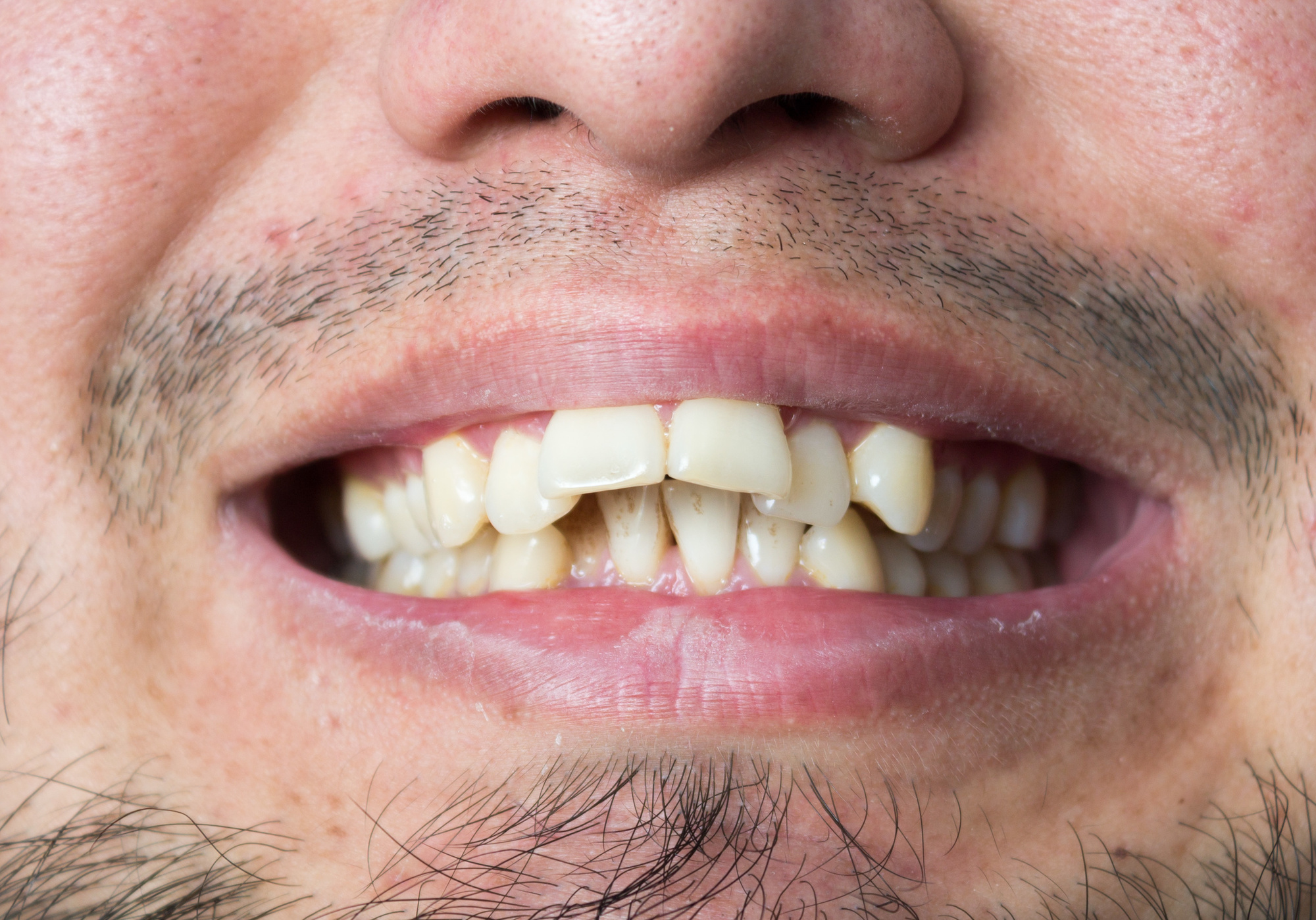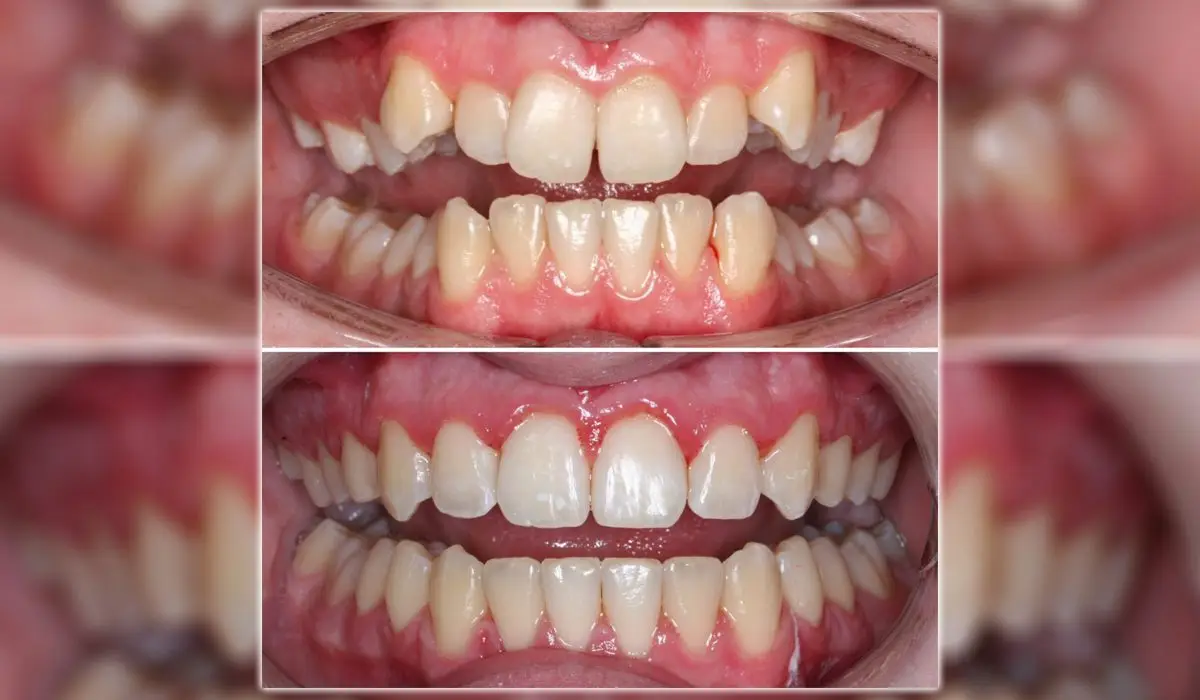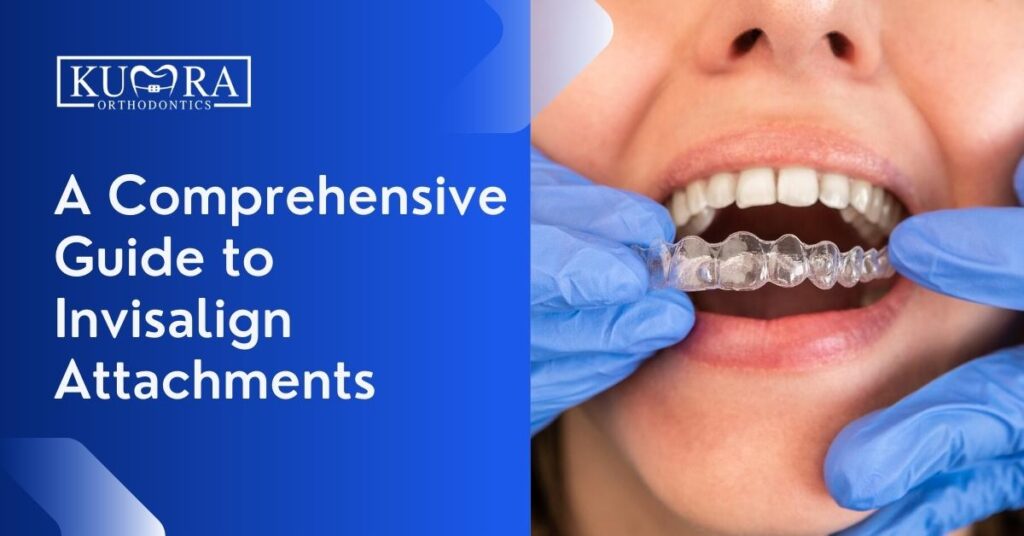Invisalign vs. Typical Dental braces: Which Option Is Right for You?
When considering orthodontic treatment, the selection in between Invisalign and conventional braces presents numerous crucial aspects that merit careful assessment. Invisalign provides a discreet alternative with removable aligners, while traditional braces provide an extra noticeable yet efficient option for serious misalignment.
Overview of Treatment Choices

In comparison, traditional braces include metal brackets and cables that are adhered to the teeth. This method uses continuous pressure gradually to achieve positioning. While reliable for complex orthodontic concerns, conventional dental braces require normal gos to for changes and can present challenges in keeping oral hygiene because of the difficulty of cleaning about braces and cables.
Both choices have their benefits, and the selection typically rests on certain dental problems, lifestyle choices, and patient conformity. Ultimately, speaking with an orthodontic specialist is crucial for identifying the most appropriate treatment plan tailored to individual needs. Understanding the nuances of each alternative can considerably influence the overall success of orthodontic therapy.
Visual Factors To Consider
A significant factor influencing the selection in between Invisalign and typical dental braces is the visual allure each therapy uses. Invisalign aligners are crafted from clear plastic, making them essentially undetectable when used. This very discreet appearance is especially attracting adults and teens who may feel awkward concerning their orthodontic therapy. The ability to preserve a natural smile throughout the positioning procedure can dramatically boost the individual's self-confidence in professional and social setups.
In comparison, traditional dental braces consist of steel brackets and cables, which can be a lot more noticeable. While innovations in orthodontic modern technology have actually led to the advancement of smaller sized braces and tinted elastics, standard dental braces still preserve an even more obvious profile. For some individuals, the exposure of dental braces may prevent them from seeking necessary therapy.
Ultimately, the option between Invisalign and conventional braces may rest on individual preferences relating to appearances. Individuals that prioritize discretion commonly favor Invisalign, while those that are much less worried regarding visibility might select traditional braces. Comprehending the visual implications of each choice is important for making an informed decision that aligns with one's way of life and preferences.
Convenience and Convenience

In terms of ease, Invisalign aligners are detachable, enabling people to appreciate their favorite foods without restriction and maintain optimum oral hygiene. Cleaning and flossing are streamlined, as the aligners can be obtained during these regimens, whereas traditional braces need cautious steering around braces and cables.
Additionally, Invisalign's dynamic system permits for less orthodontic sees. Individuals usually obtain multiple sets of aligners simultaneously, which can simplify the treatment procedure and lower time invested in the orthodontist's chair. In comparison, standard braces demand normal changes, making them much less practical for those with hectic routines. Invisalign. Overall, the convenience and ease of Invisalign make it an appealing selection for several individuals seeking orthodontic treatment.
Treatment Period and Efficiency
While both Invisalign and conventional dental braces work in dealing with dental imbalances, the duration of therapy can vary significantly between both options. Typically, Invisalign treatment can take anywhere from 12 to 18 months, depending upon the intricacy of the case. The clear aligners function by progressively moving teeth into their preferred placements, and routine follow-ups with an orthodontist help make certain progression continues to be on track.
In comparison, traditional braces often call for a longer dedication, usually ranging from 18 months to 3 years. This is because of their set nature and making use of cables and braces, which can be much more efficient for complicated instances and severe imbalances (Invisalign). The treatment performance of traditional dental braces is well-documented, as they enable for specific modifications and greater control over tooth activity
Ultimately, the choice between Invisalign and traditional dental braces may rest on both the awaited treatment period and the details dental problems handy. Consulting with an orthodontist is crucial, as they can supply tailored suggestions based upon private needs, making certain the chosen technique lines up with desired timeframes and outcomes.
Cost Contrast and Insurance Coverage Choices
Price plays a considerable role in the decision-making process for individuals taking into consideration orthodontic treatment, whether deciding for Invisalign or traditional dental braces. Generally, the cost of Invisalign varieties from $3,000 to $8,000, while typical braces normally cost between $2,000 and $6,000. Aspects influencing these expenses include the complexity of the case, the period of therapy, and their website geographical area.
Insurance coverage can dramatically influence out-of-pocket costs. Several oral insurance policy plans supply partial protection for orthodontic therapies, but the specifics can vary widely. It is essential for people to examine their insurance coverage to identify the level of coverage for either choice. Typically, standard braces might be a lot more regularly covered by insurance coverage plans contrasted to Invisalign, which some insurers categorize as a cosmetic procedure.
In addition, numerous orthodontic techniques supply versatile layaway plan, making both treatment alternatives more obtainable. Clients ought to ask about prospective financing alternatives and discount rates for ahead of time payments. Reviewing the total price, including insurance coverage advantages and settlement strategies, is necessary for making an educated decision that aligns with both aesthetic choices and spending plan considerations.

Final Thought
In recap, the selection between Invisalign and traditional braces depends upon multiple factors, including aesthetic preferences, comfort, therapy duration, and expense. Invisalign supplies a very discreet, detachable alternative that promotes oral health and nutritional adaptability, while traditional dental braces may be extra ideal for intricate dental issues and commonly come with a lower price factor. Inevitably, assessment with an orthodontist is vital to examine specific circumstances and figure out the most appropriate treatment alternative for attaining optimal dental alignment.
When taking into consideration orthodontic treatment, the choice between Invisalign and conventional braces offers several vital aspects that warrant mindful examination.Contrasting Invisalign and standard dental braces reveals unique therapy choices for orthodontic improvement.While both Invisalign and standard braces are efficient in remedying dental misalignments, the period of therapy can vary significantly in between the two alternatives.Expense plays a check this considerable function in the decision-making procedure for individuals considering orthodontic therapy, whether opting for Invisalign or standard braces.In recap, their explanation the option in between Invisalign and traditional braces pivots on multiple factors, consisting of aesthetic choices, comfort, treatment period, and price.